
Number fluency is an important part of math! It means students have the understanding to find the most efficient way of solving a problem. Basic addition and subtraction are the beginning of number fluency. In my classroom I like to begin teaching addition strategies and then move to subtraction strategies. I find that generally students struggle with subtraction more. Do your students also struggle with subtraction? Using subtraction strategies help students develop number fluency. Although subtraction is a basic operation, it builds the groundwork for more complex math concepts. Memorizing subtraction facts is not understanding subtraction. They need to see the relationships between numbers because then they can use mental math strategies to quickly find answers to subtraction problems. Here are seven effective subtraction strategies that can help your students develop this understanding.
Practicing addition and subtraction strategies help develop fact fluency. Have you considered using a simple classroom transformation to help your students develop their fact strategies? Using fun games in a classroom transformation can help your students enjoy practicing their fact strategies. This FREE Zoo Classroom Transformation can be used as an exciting one day activity, or you can use the transformation to have part of your math centers planned for the entire week! It is easy to prep for this engaging way to practice both addition and subtraction strategies within 20. Type your name and email in the boxes and then it will be in your inbox.
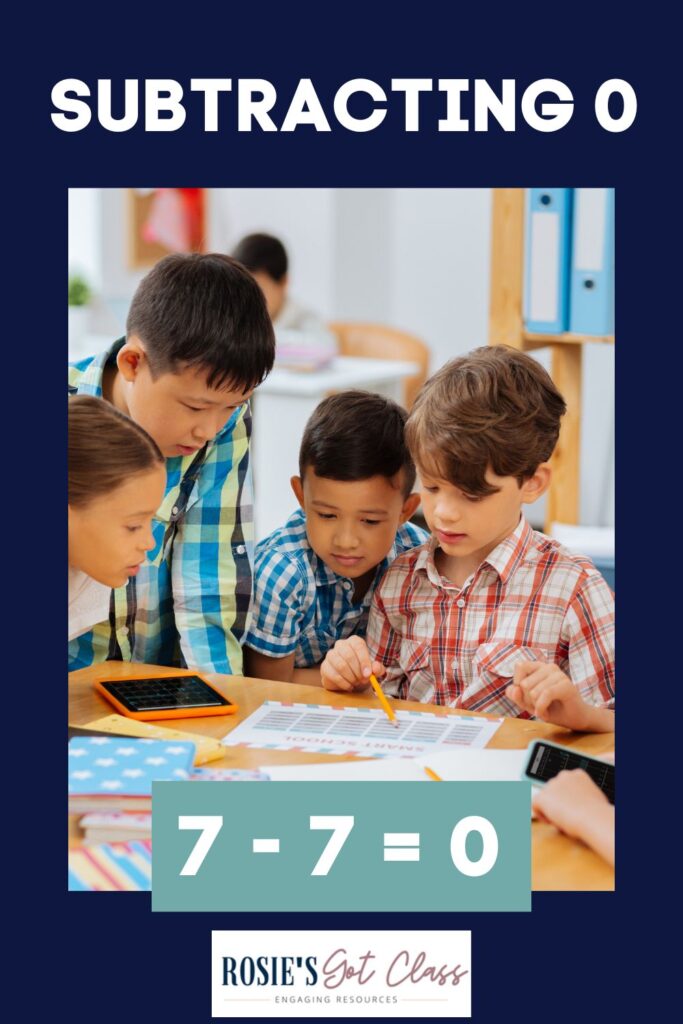
Number Fluency Strategy #1: Subtracting 0
Even though subtracting 0 is the simplest subtraction strategy, it is essential to building a strong foundation in number fluency. When you subtract 0 from any number, the result remains unchanged. For instance, 7 – 0 = 7 and 25 – 0 = 25. By understanding this concept, students can quickly recognize scenarios where subtracting 0 is applicable, saving time and mental effort in computation. The best part is that it is an easy strategy to master!
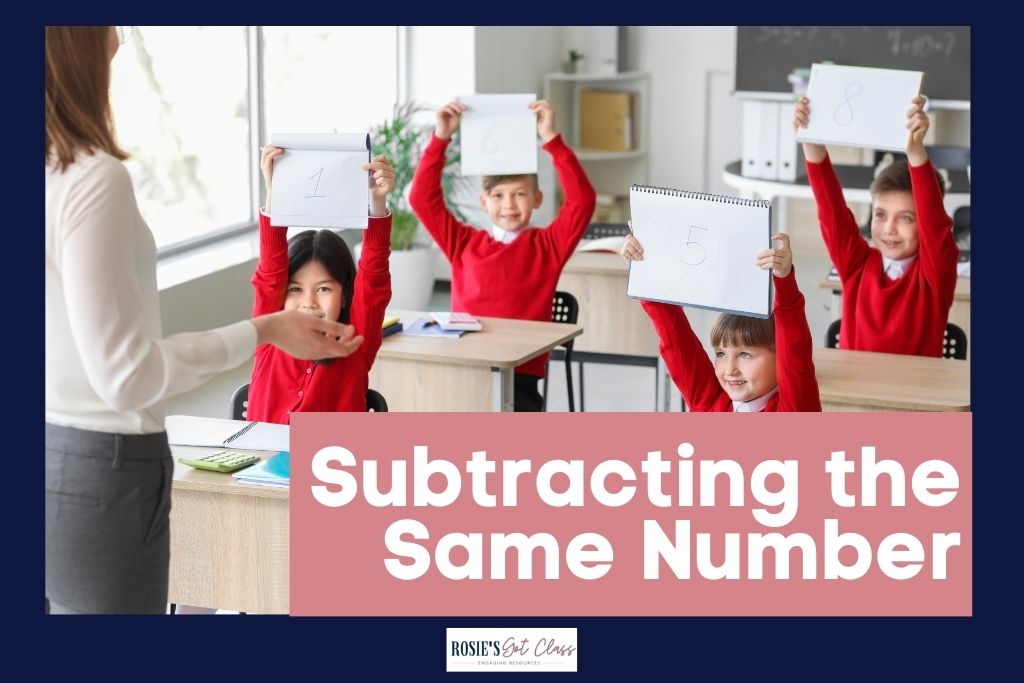
Number Fluency Strategy #2: Subtracting the Same Number
Subtracting the same number from itself results in 0. For example, 9 – 9 = 0 and 16 – 16 = 0. Children love this strategy because it is simple to understand. I like to practice with examples such as if you have 5 pieces of candy and you eat 5 pieces of candy, how many pieces of candy do you have left? They can relate to this example!
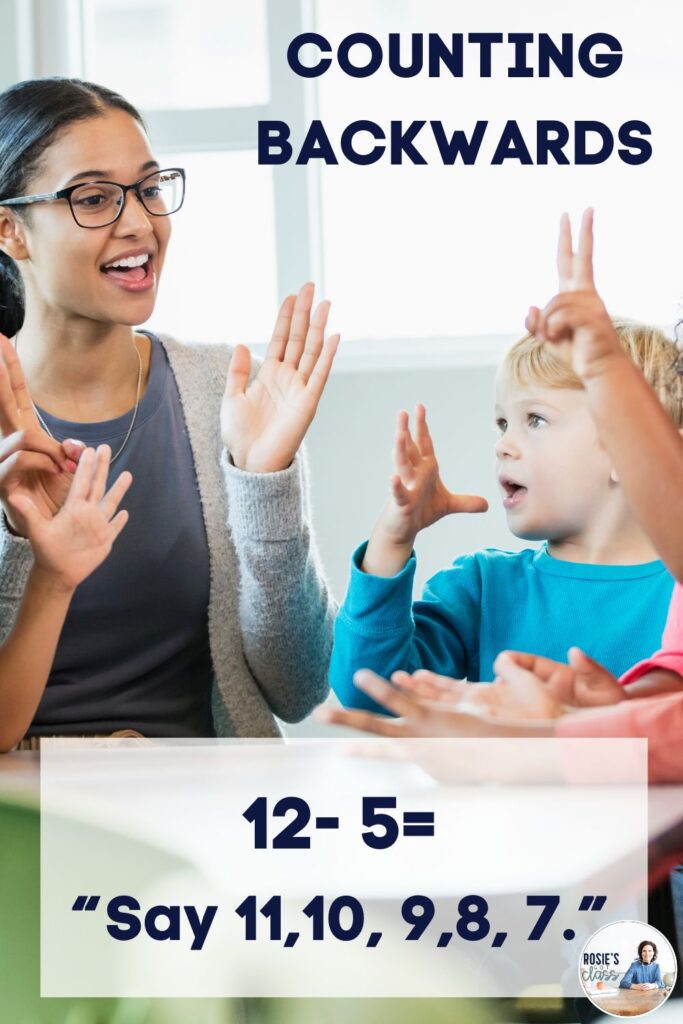
Number Fluency Strategy #3: Counting Backwards
Counting backwards is a practical strategy for subtraction especially with small numbers. Students can count backwards from the starting number to the subtracted number. For example, to solve 12 – 5, you can count backwards from 12, “12, 11, 10, 9, 8, 7.” This method builds number sense along with mental math skills. This allows students to efficiently perform subtraction.
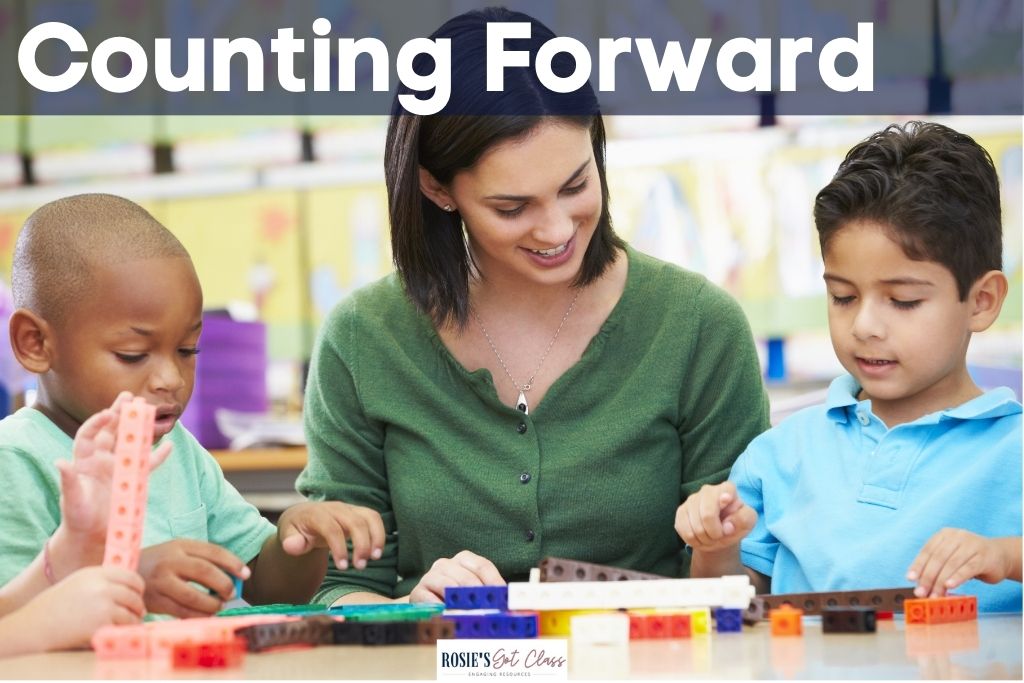
Number Fluency Strategy #4: Counting Forward
Similar to counting backwards, counting forward involves starting from the smaller number and adding until reaching the larger number. For instance, to solve 8 – 3, you can start from 3 and count forward until reaching 8: “3, 4, 5, 6, 7, 8.” Counting forward reinforces addition and subtraction relationships as it helps students to develop a deeper understanding of number relationships.

Number Fluency Strategy #5: Using Doubles Facts
Doubles facts refer to pairs of numbers that are the same, such as 5 + 5 = 10 or 8 + 8 = 16. When students understand addition doubles facts, it makes subtraction faster by recognizing that subtracting a number from its double results in the original number. For example, to solve 14 – 7, students can recognize that 7 is half of 14, making the answer 7. This strategy promotes number flexibility and mental agility in subtraction tasks.

Number Fluency Strategy # 6: Using Friends of 10 Facts
Friends of 10 facts involve pairs of numbers that sum up to 10, such as 3 + 7 or 6 + 4. When subtracting numbers from 10, students can use the concept of friends of 10. For instance, to solve 10 – 6, students can recognize that 6 and 4 are friends of 10 so the answer is 4. This strategy builds number sense and helps develop quick mental math.
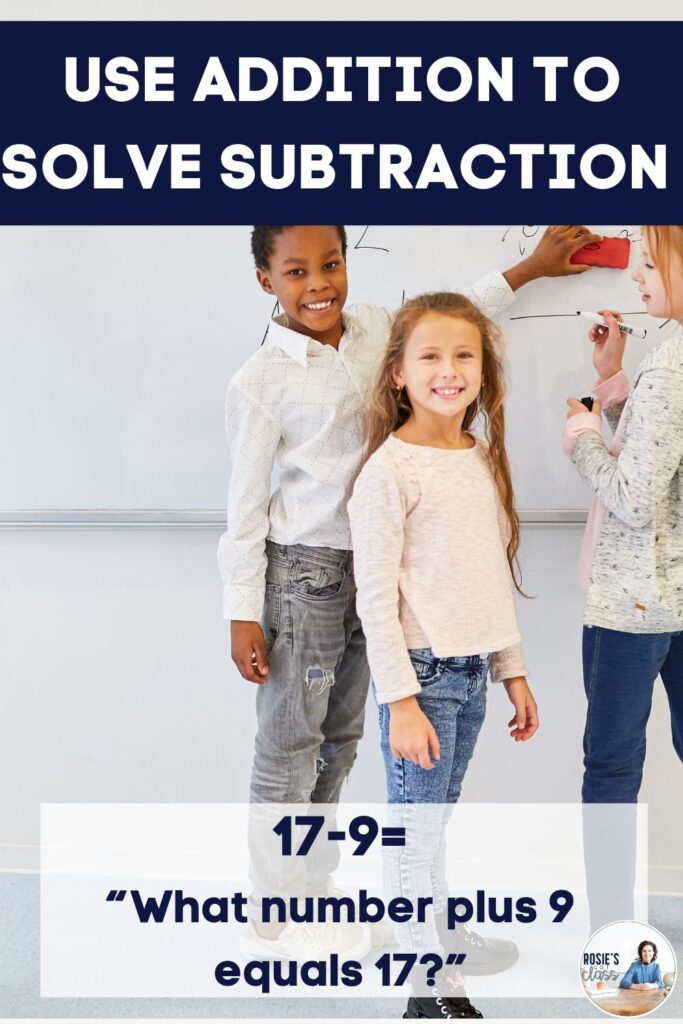
Number Fluency Strategy # 7: Using Addition to Solve Subtraction Facts
If students know and understand addition strategies, they can use them to help solve subtraction problems. This strategy involves recognizing the relationship between addition and subtraction. For example, to solve 17 – 9, students can think: “What number plus 9 equals 17?” The answer, 8, is found with understanding addition. This approach encourages students to think flexibly about operations and strengthens their overall number fluency.
In conclusion, mastering subtraction involves more than rote memorization. By employing various strategies, students can develop a deeper understanding of numbers. These strategies not only build number fluency, but they also promote critical thinking and problem-solving skills. By incorporating these approaches into instruction, teachers can empower students to become confident and proficient at subtraction.
Here are some other articles you might find helpful.
Subtraction Strategies: A Guide for Teaching in Early Years


